
Discover the Advantages of a Memory Care Community
When caring for a loved one with dementia or Alzheimer’s, finding the right environment that prioritizes their well-being is essential. Understanding the advantages of a
Gain expert insights and practical tips to help seniors and their families navigate senior living with confidence.
Category: Active Adult

When caring for a loved one with dementia or Alzheimer’s, finding the right environment that prioritizes their well-being is essential. Understanding the advantages of a

As we age, maintaining energy and overall well-being becomes increasingly important, and a well-balanced diet plays a vital role in that. One of the easiest
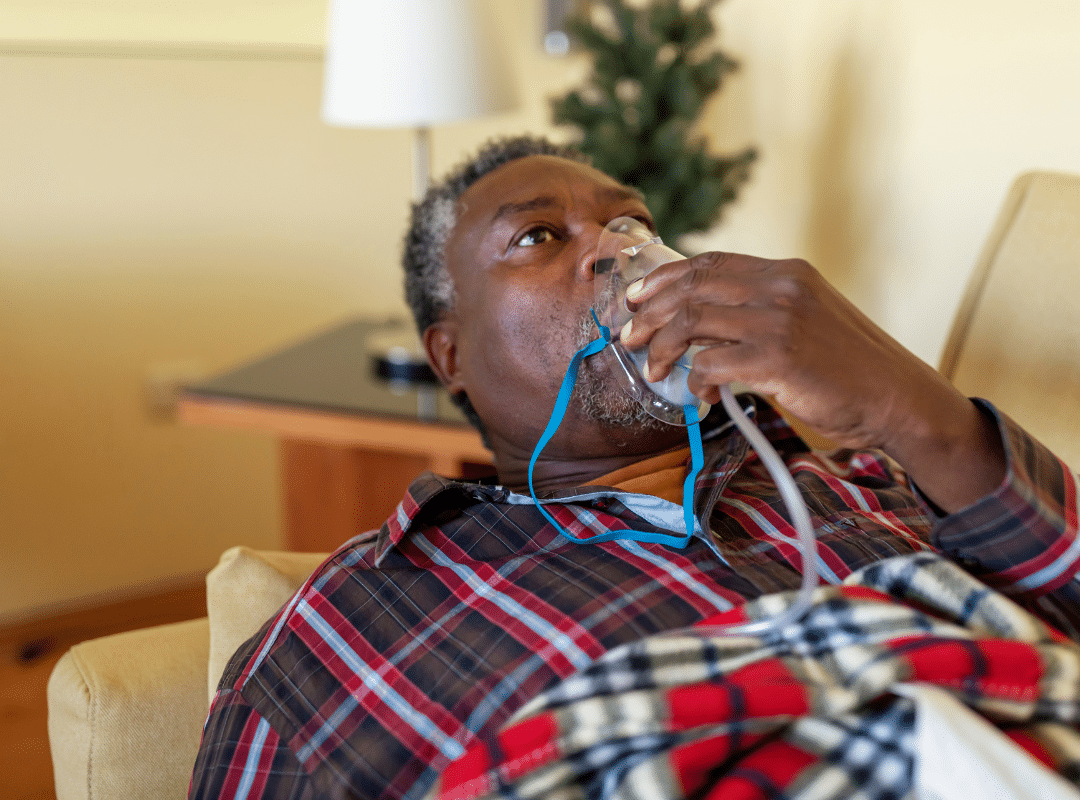
Pneumonia in seniors is a growing concern due to age-related immune decline, chronic conditions, and increased vulnerability to complications. As we age, our bodies become
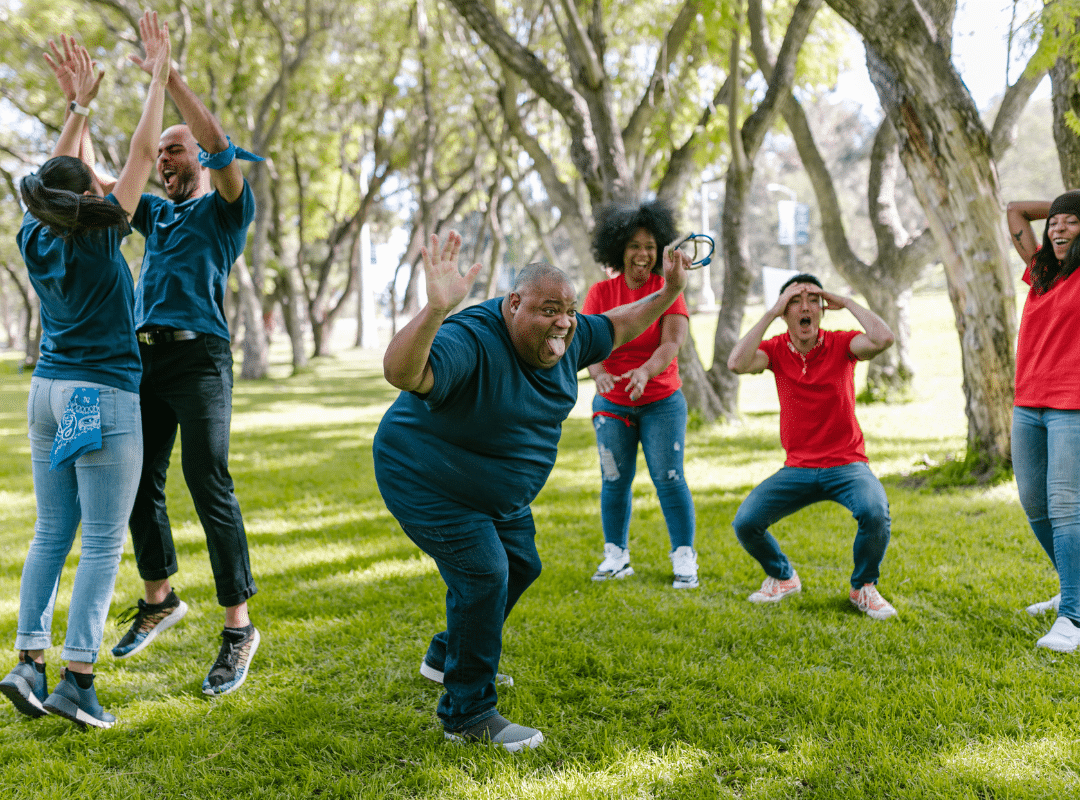
As we age, maintaining social bonds and engaging in mentally and physically stimulating experiences becomes increasingly important. Group activities for seniors provide essential opportunities to
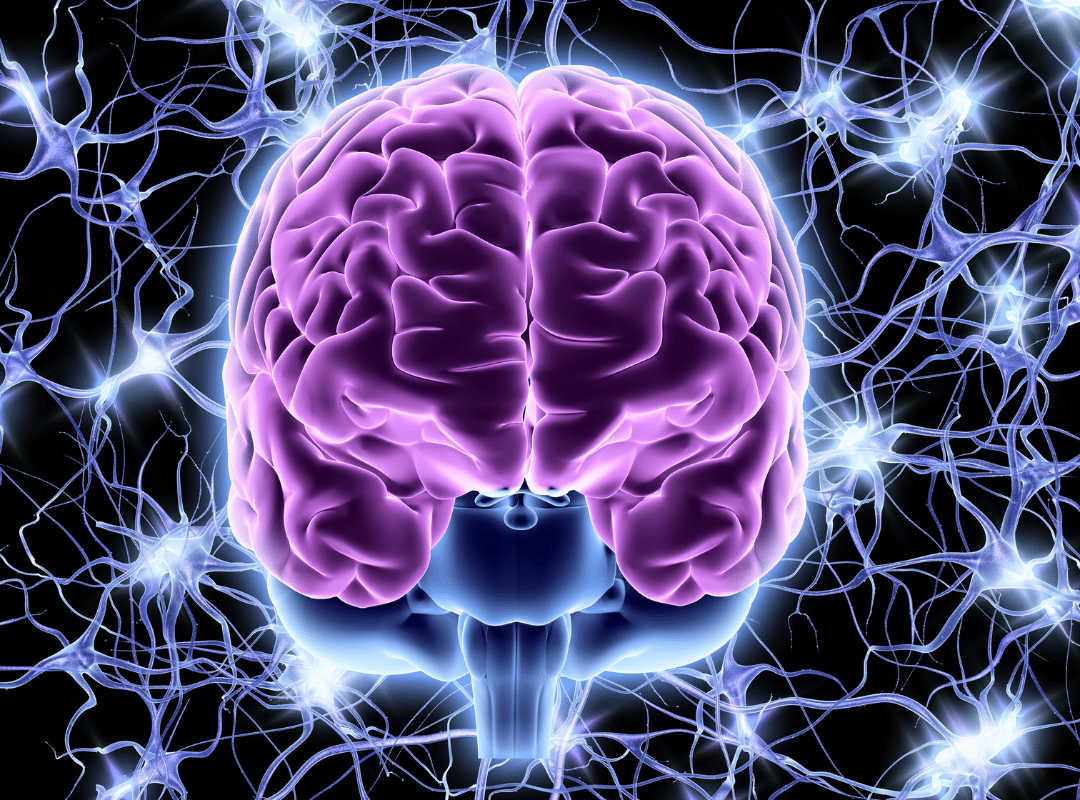
Learning how to strengthen the nervous system is essential, especially for older adults seeking to maintain vitality and independence. A healthy nervous system supports everything
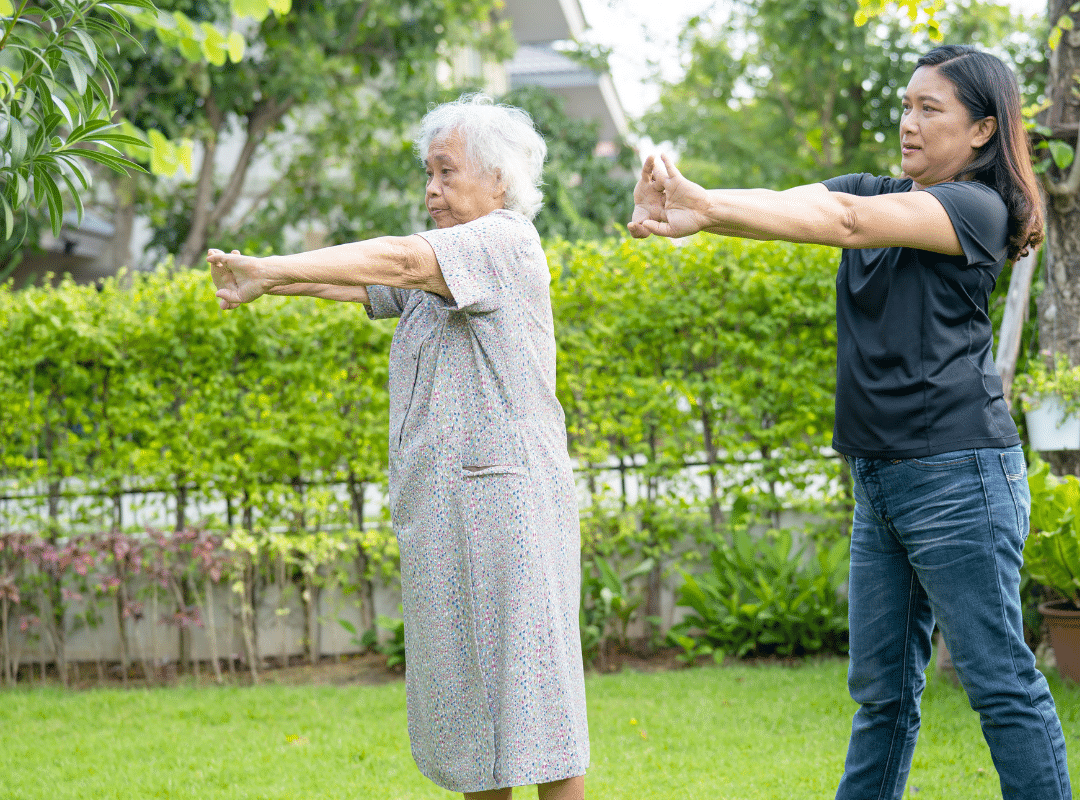
Living independently in your senior years doesn’t mean giving up engagement or enrichment—it means choosing how you want to live each day. At Westmont Village
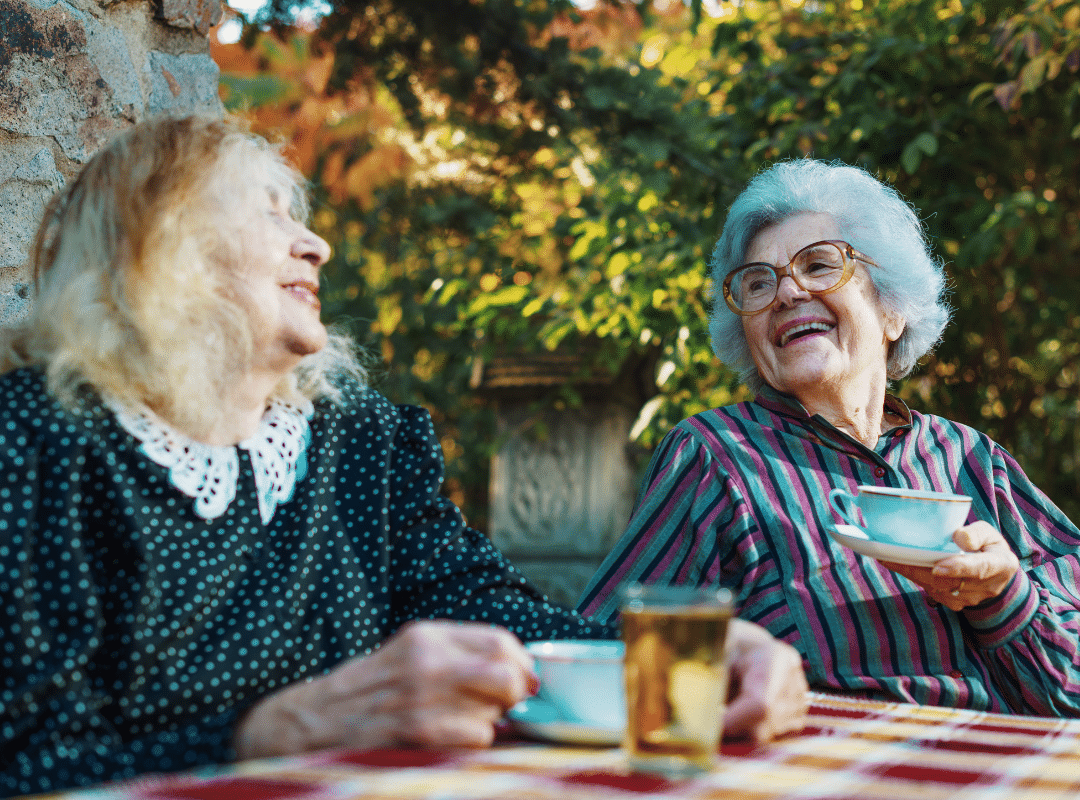
Exploring a new chapter in life brings exciting possibilities, especially when it includes a vibrant, supportive environment designed for those aged 55 and better. At
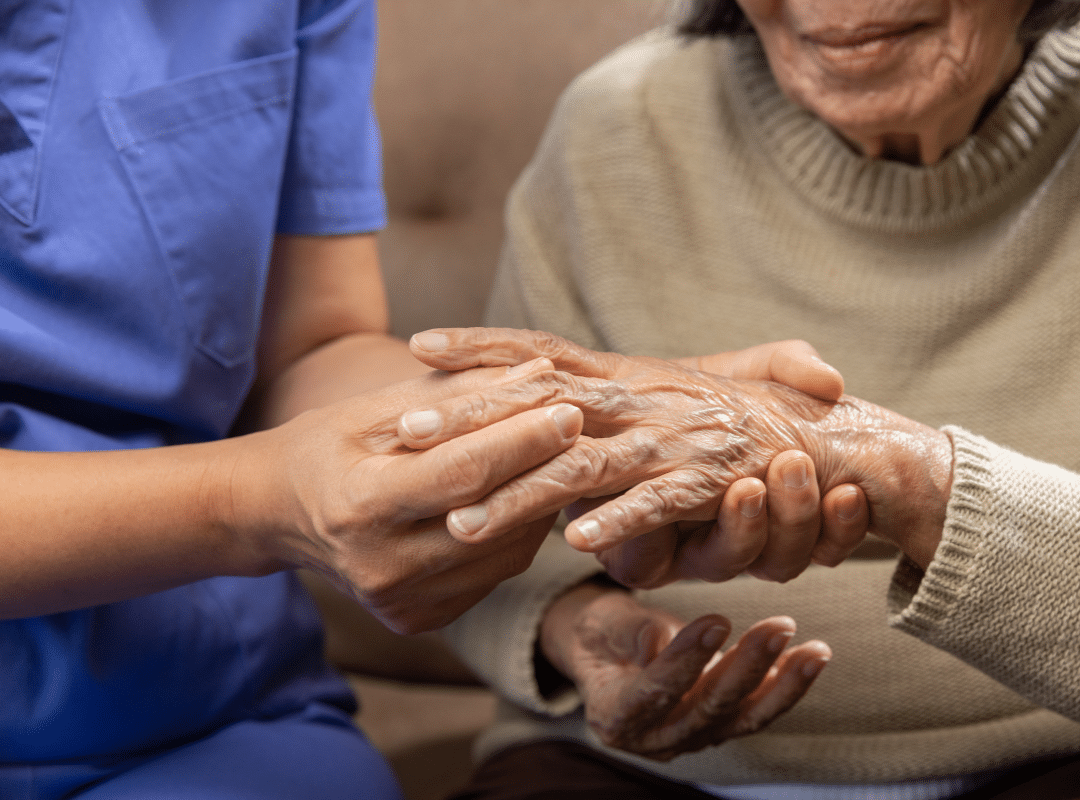
Understanding the damage and the healing time of a nerve is essential for seniors facing nerve injuries. Whether the damage stems from surgery, trauma, or

As we age, maintaining a strong and responsive nervous system becomes increasingly vital to our health and quality of life. The brain and nerve cells
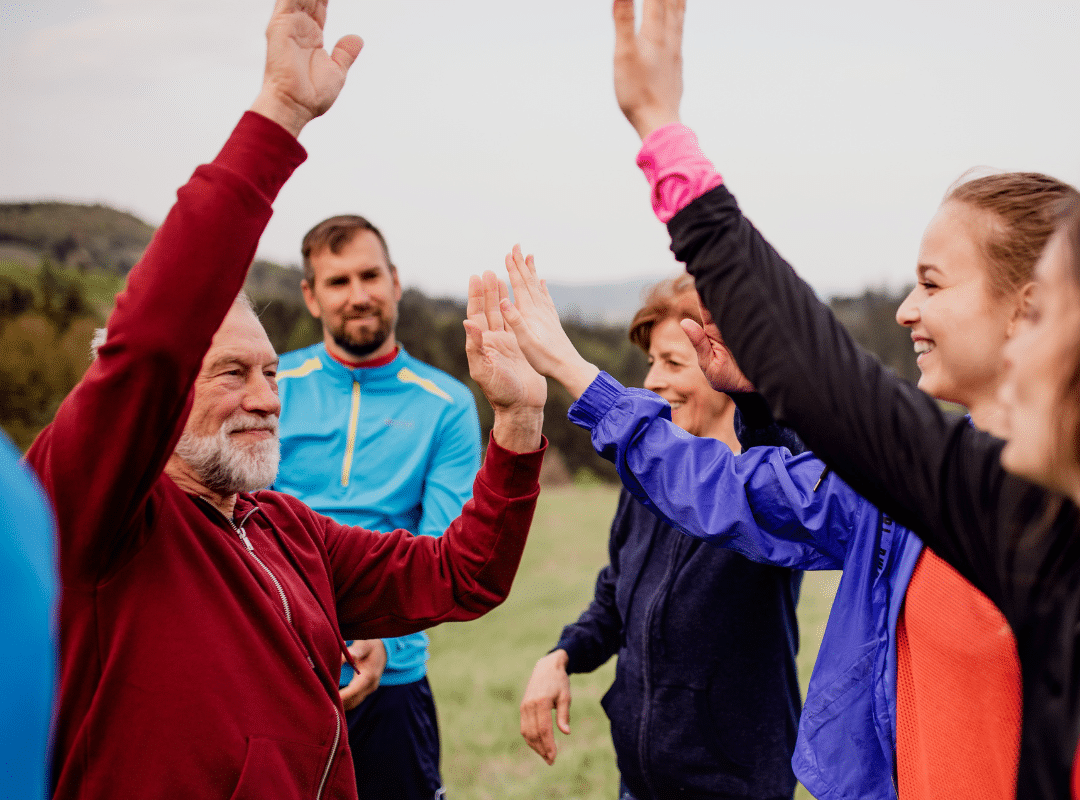
Finding the perfect active senior living residence means more than just choosing a new home—it’s about discovering a vibrant lifestyle that brings joy, comfort, and
Discover the level of care you or your family member requires.
Popular Blogs
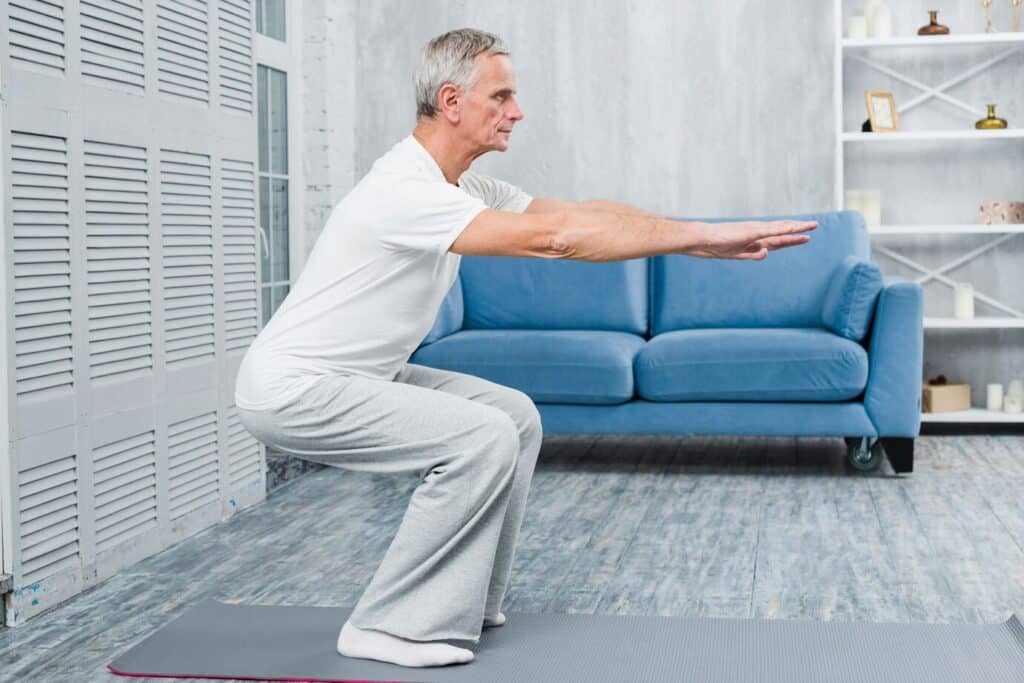


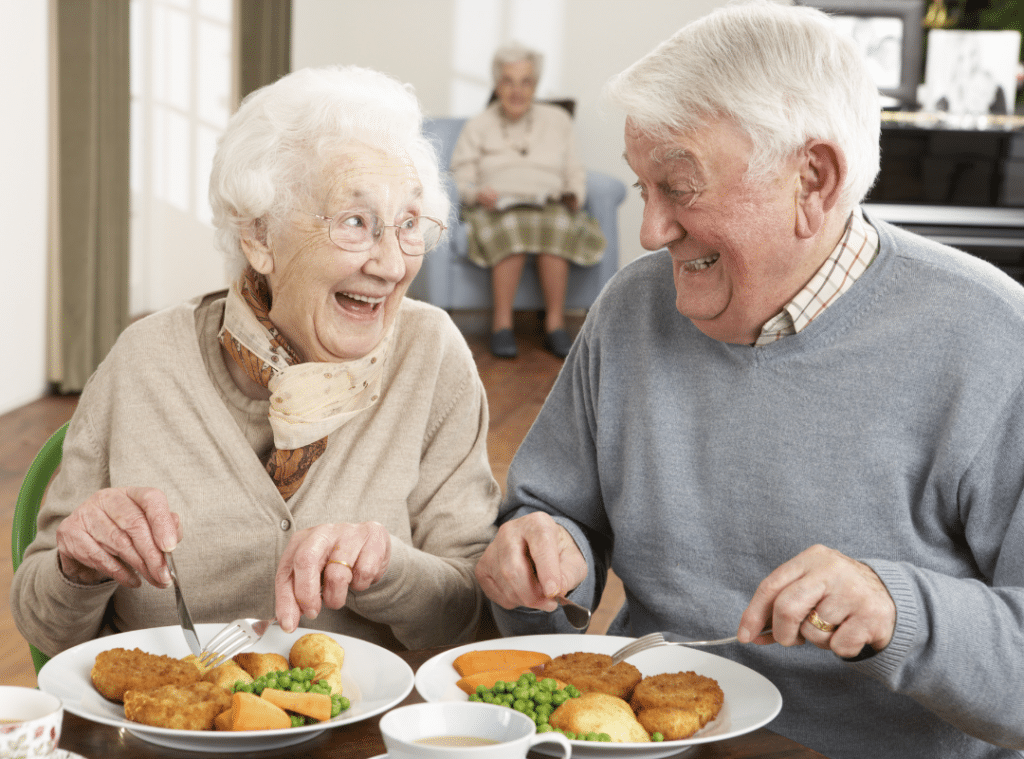

Find out if you or your loved one’s current lifestyle is best suited for long, healthy aging.
Each of our communities across California and Oregon offers a unique blend of activities, connection, and wellness.
Embrace a lifestyle where your interests and independence are celebrated every day.
9000 Murray Drive La Mesa, CA 91942
Luxury redefined in a resort-style setting, tailored for dynamic senior living experiences.
190 Via Jero, Goleta, CA 93117
Where warmth meets care, curating an inviting senior living experience.
17050 Arnold Drive Riverside, CA 92518
A harmonious blend of belonging, independence, and enriching senior lifestyles.
All Rights Reserved. Powered by ConversionFormula.
Pick a Westmont community to explore and schedule your personal walkthrough!
Make yourself at home where a happy, healthy lifestyle goes hand-in-hand with your personal fulfillment, enrichment, and growth.
Answer a few quick questions to unlock the exciting future senior living can offer!